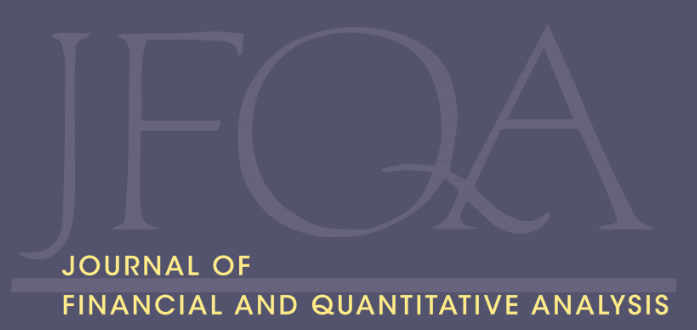Federal ID: 91-6001537
ISSN: 0022-1090 (Print) | 1756-6916 (Online)
Securities Lending and Trading by Active and Passive Funds
Pekka Honkanen
♦ U.S. mutual funds that participate in the securities lending market extract information from stock borrowing. Active funds exploit this information, rebalancing away from borrowed stocks whose prices tend to decrease, whereas passive funds do not. Information spillovers within fund families are stronger when the lender is a passive fund and when the family is more cooperative (less competitive). Active funds trade more aggressively on stocks with more negative future returns, suggesting that they are able to identify informed borrowing. Finally, passive funds charge higher lending fees than active funds, consistent with short sellers paying a premium to lower recall risk.
